We’re not nearly done with our commemorative series of visits to mark the temporary closure of the Carnavalet Museum. Today we go to the Café Militaire.
As I’ve remarked before, one of the wonderful things about this museum is that it preserves interiors from vanished buildings, such as the staircase of the vanished Hôtel de Luynes, which we inspected in a recent post. Another one of these preserved interiors is that of the Café Militaire.
The decoration of this establishment was commissioned from the young architect Claude-Nicolas Ledoux by the distiller Godeau. The venue was a house built in 1761-62 by another architect on the site of what is now the Louvre des Antiquaires. The house, which no longer exists, was in the ‘Greek’ style, so Godeau wanted a suitably ‘Greek’ decorative scheme.
According to the onsite info placard — from which I got all of this information, by the way — the architect opted for a martial scheme of 12 columns in the form of fascicles (vertical bundles) of lances topped by capitals in the guise of warriors’ helmets.
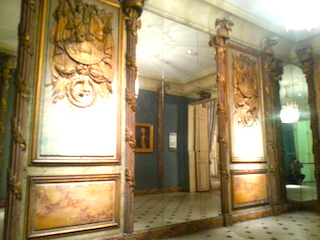
The paneling of the vanished Café Militaire preserved in the Carnavalet Museum. Note the columns with the helmet capitals.
The scheme also called for 6 panels featuring carved trophies, of which 2 represented Medusa heads.
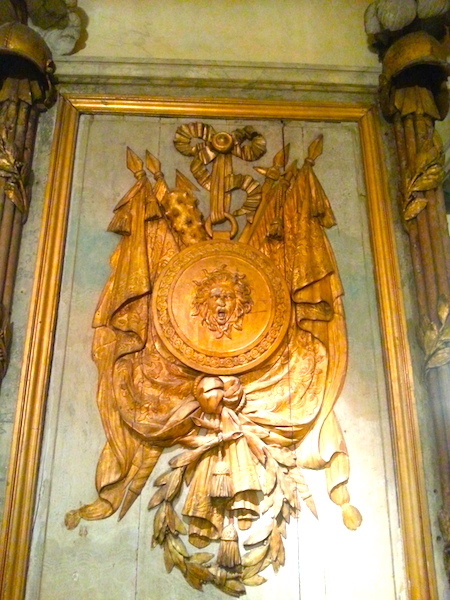
One of the panels of the Café Militaire featuring a Medusa head.
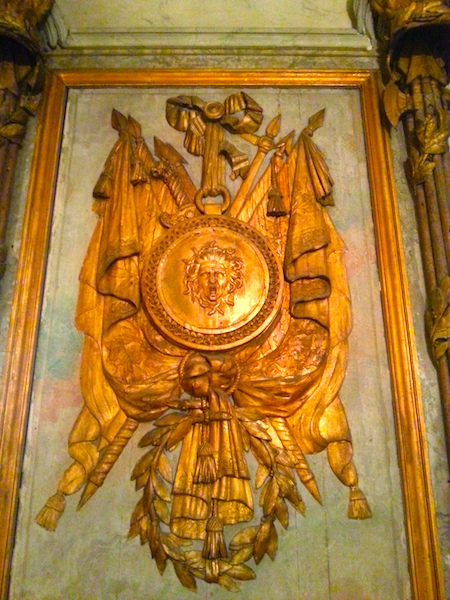
The other panel from the Café Militaire featuring a Medusa head.
The other four panels represented the elements of Air, Earth, Fire, and Water. Only 2 of them were rescued before the demolition of the house in 1850. I reproduce them below.
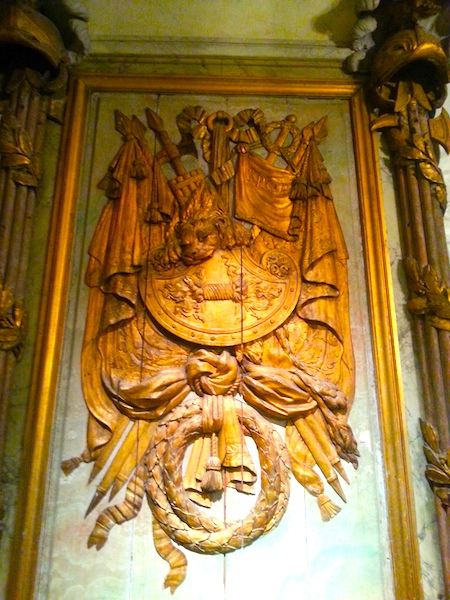
A trophy panel from the Café Militaire representing one of the 4 elements.
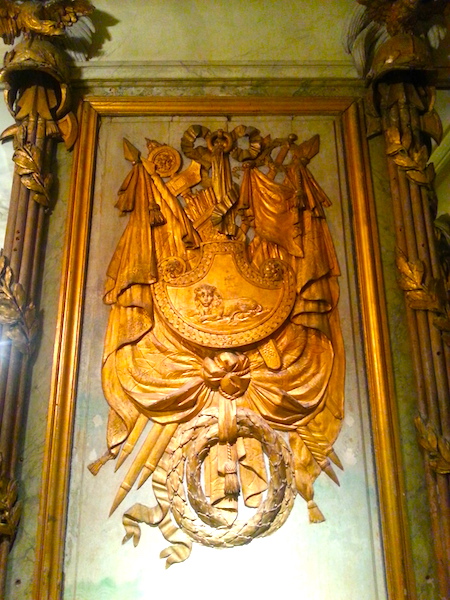
Another carved trophy panel from the Café Militaire representing one of the 4 elements.
No specific date is given for the panels, but obviously they must have been executed sometime after 1761-62. I would guess the completion date was late in the reign of Louis XV, who died in 1774.
The room that contains the trophy panels also contains this portrait.
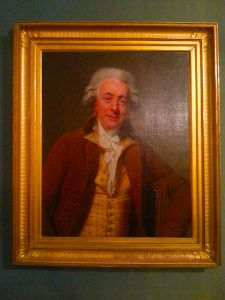
Portrait of an unknown man in the Café Militaire room at the Carnavalet Museum.
I didn’t photograph the relevant info placard, so if you can identify the artist and the subject, please comment below!







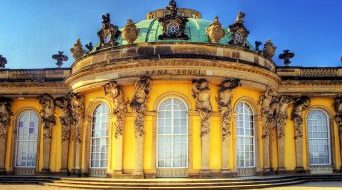
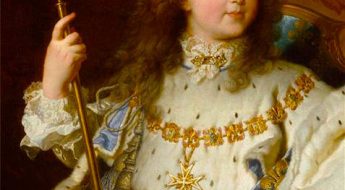
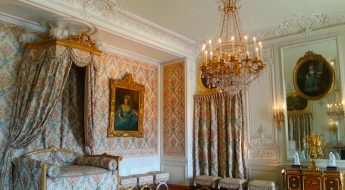








Leave a Comment